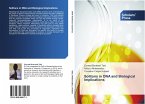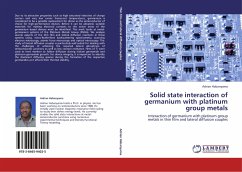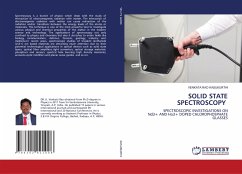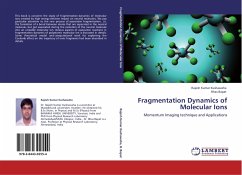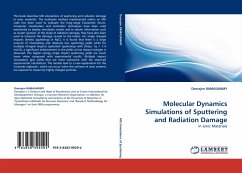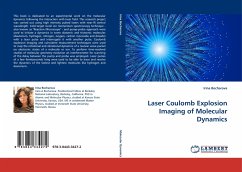Over the last few decades, Nuclear Magnetic Resonance (NMR) spectroscopy is popular as an analytical, major diagnosing tool in the name of MRI in thehealth care industry. However, basic researchregarding phase transition, quantum tunneling,molecular dynamics and structure is still a evergreen topic for Solid State NMR. Though commercial high-resolution NMR spectrometers are popular, they arevery expensive to procure and maintain. However, low-resolution NMR spectrometers (few MHz range) are more appropriate to understand slow molecular motions insolids. Thus, for those interested in time domainexperiments, it is appropriate to develop/build their own SSNMR spectrometers. This book describes withgreat details about the assembling and development of wide line and pulsed NMR spectrometers (withtemperature variation assembly), and 1H/19F NMRinvestigations (wide temperature range 400-4.2 K) ontechnologically important ammonium and methylsubstituted ammonium metal halides like super-ionic compounds as evident in our publications. Thefundamental and advanced instrumentation microdetails provided in this book help the reader tobuild and use their own spectrometers.
Bitte wählen Sie Ihr Anliegen aus.
Rechnungen
Retourenschein anfordern
Bestellstatus
Storno


